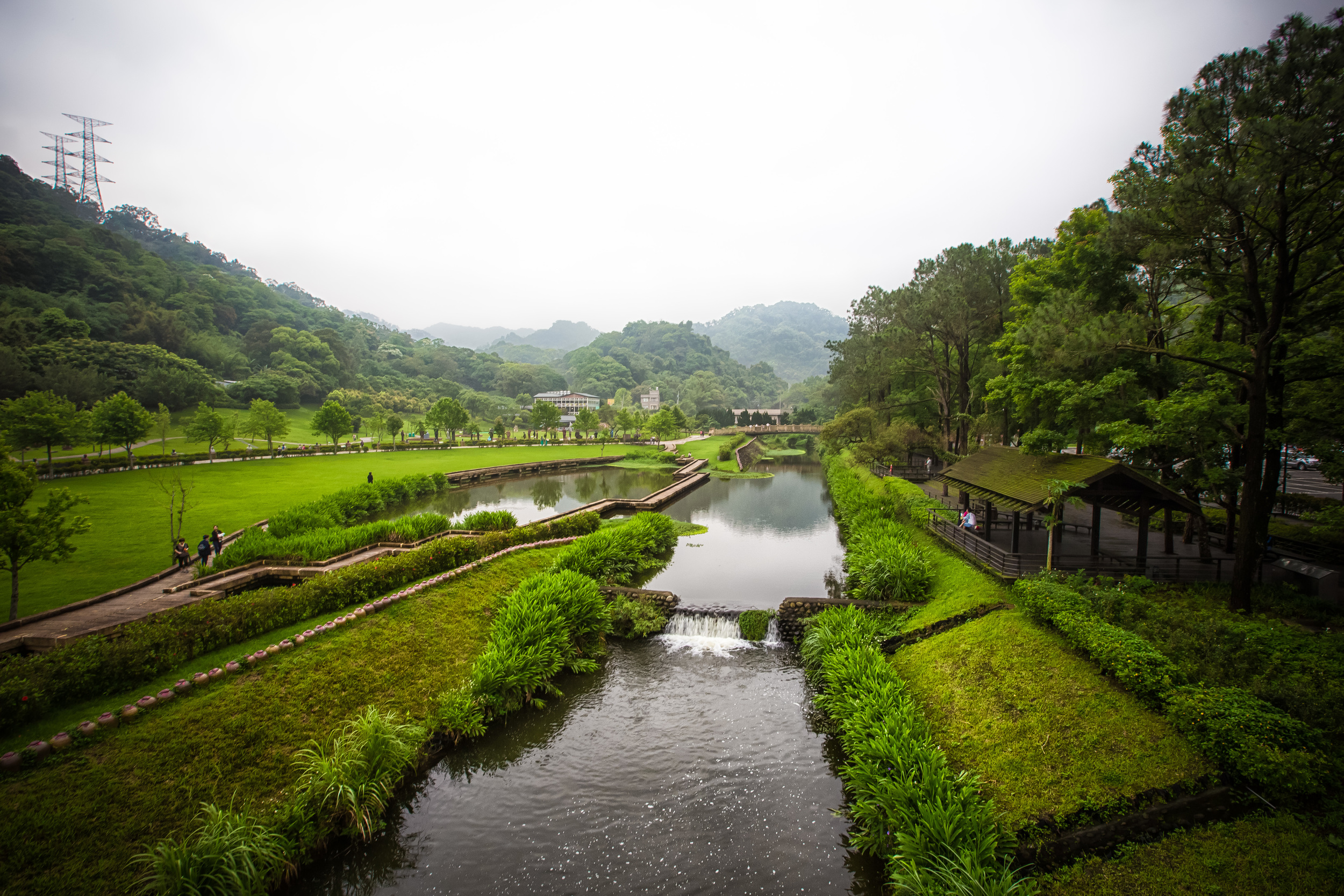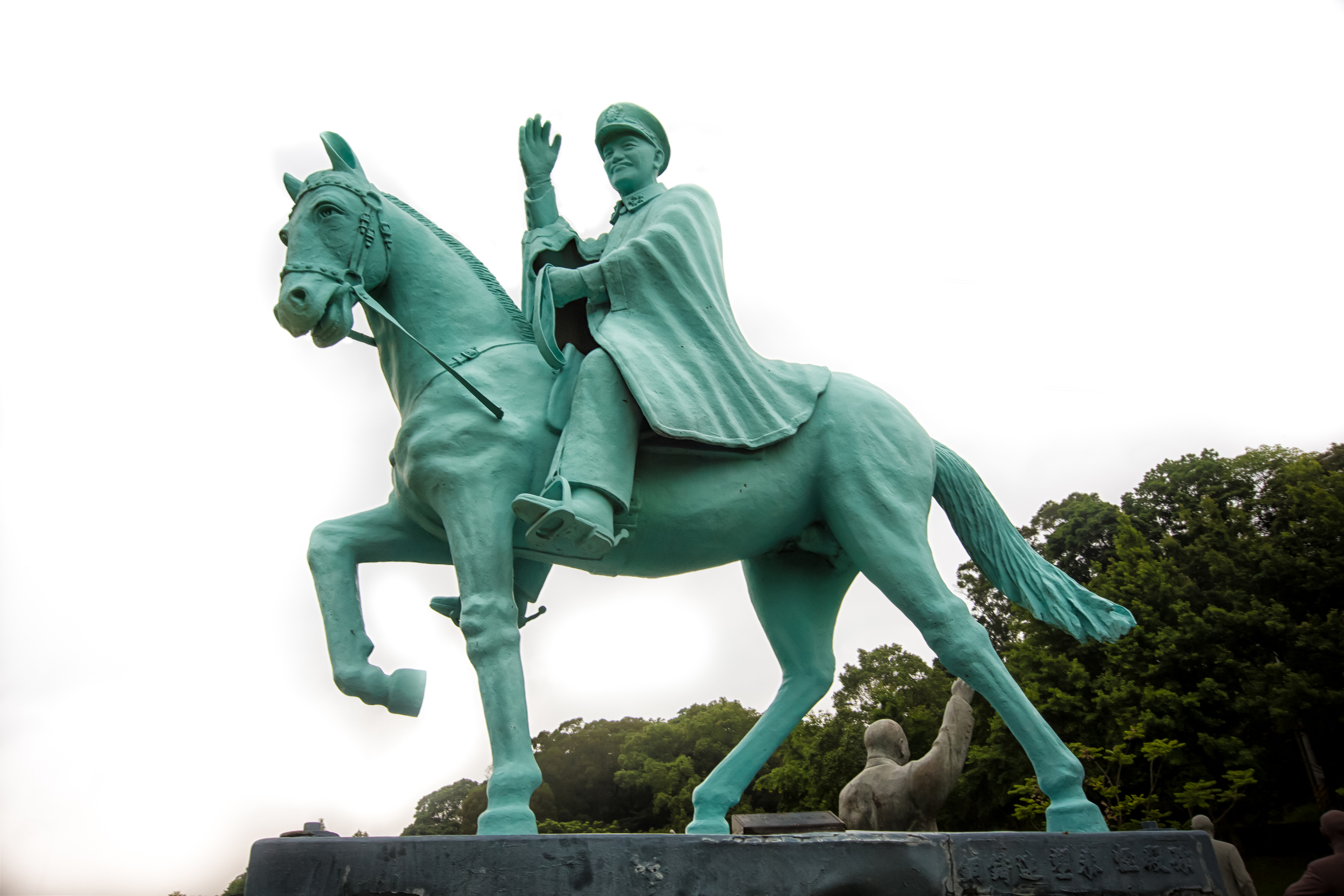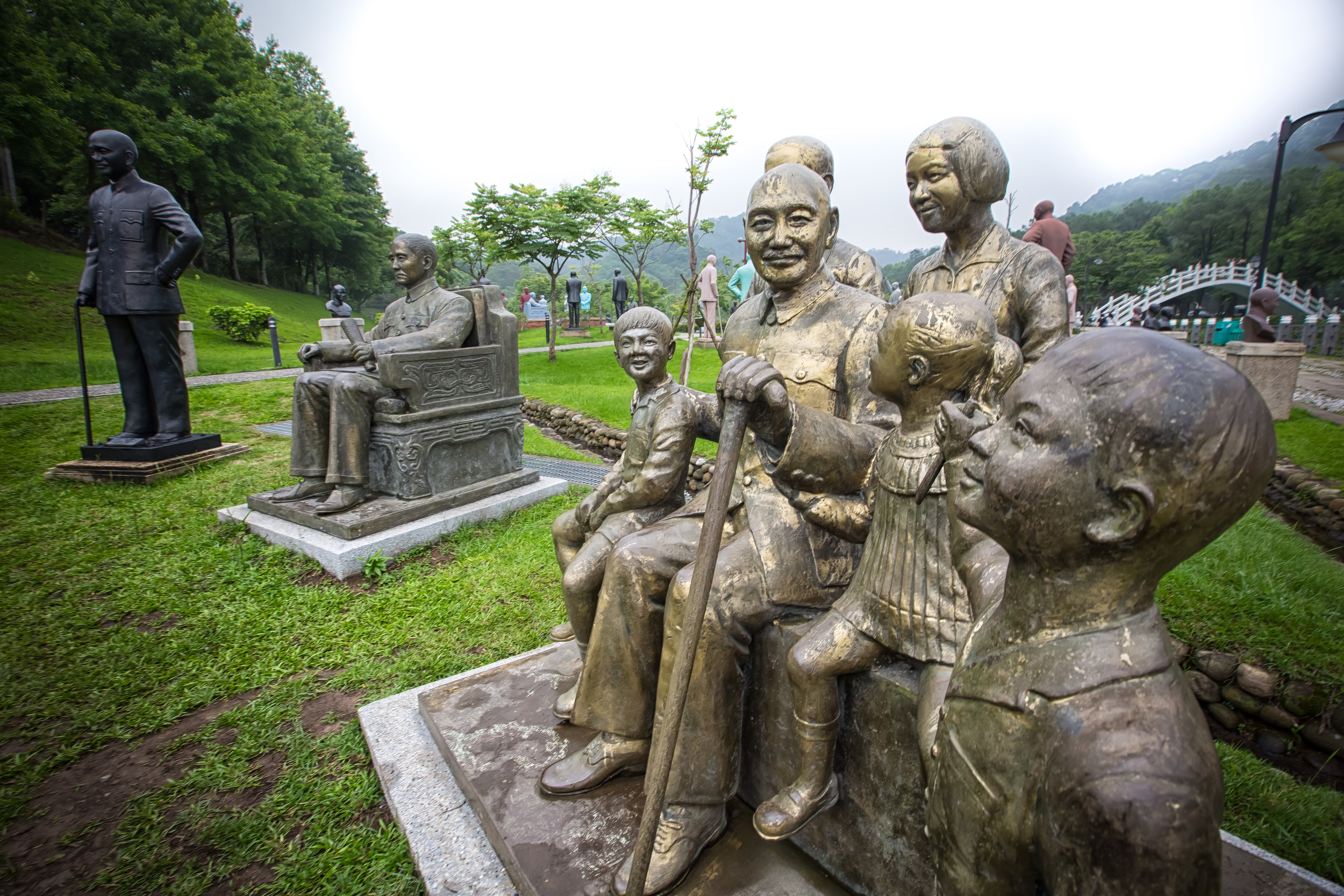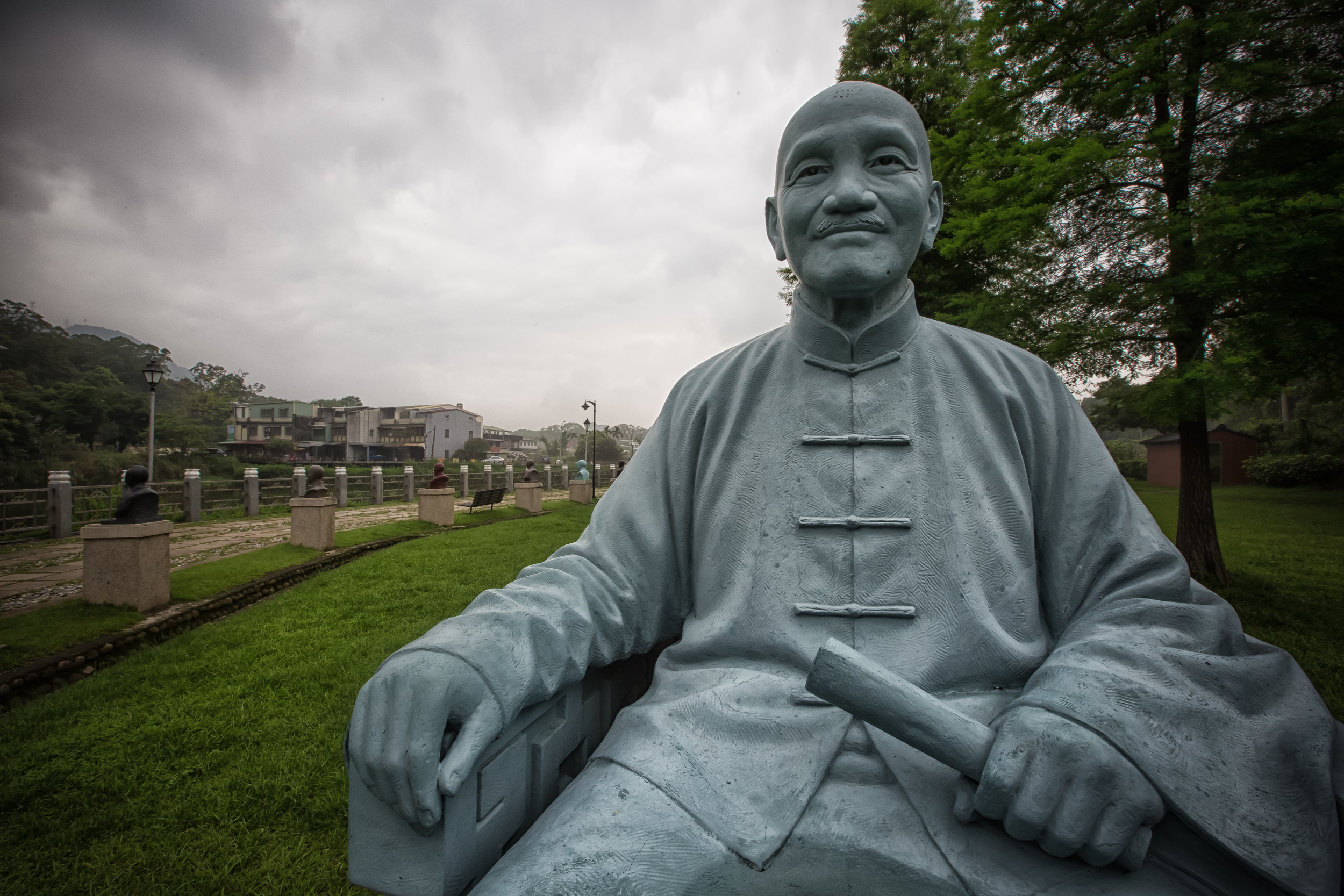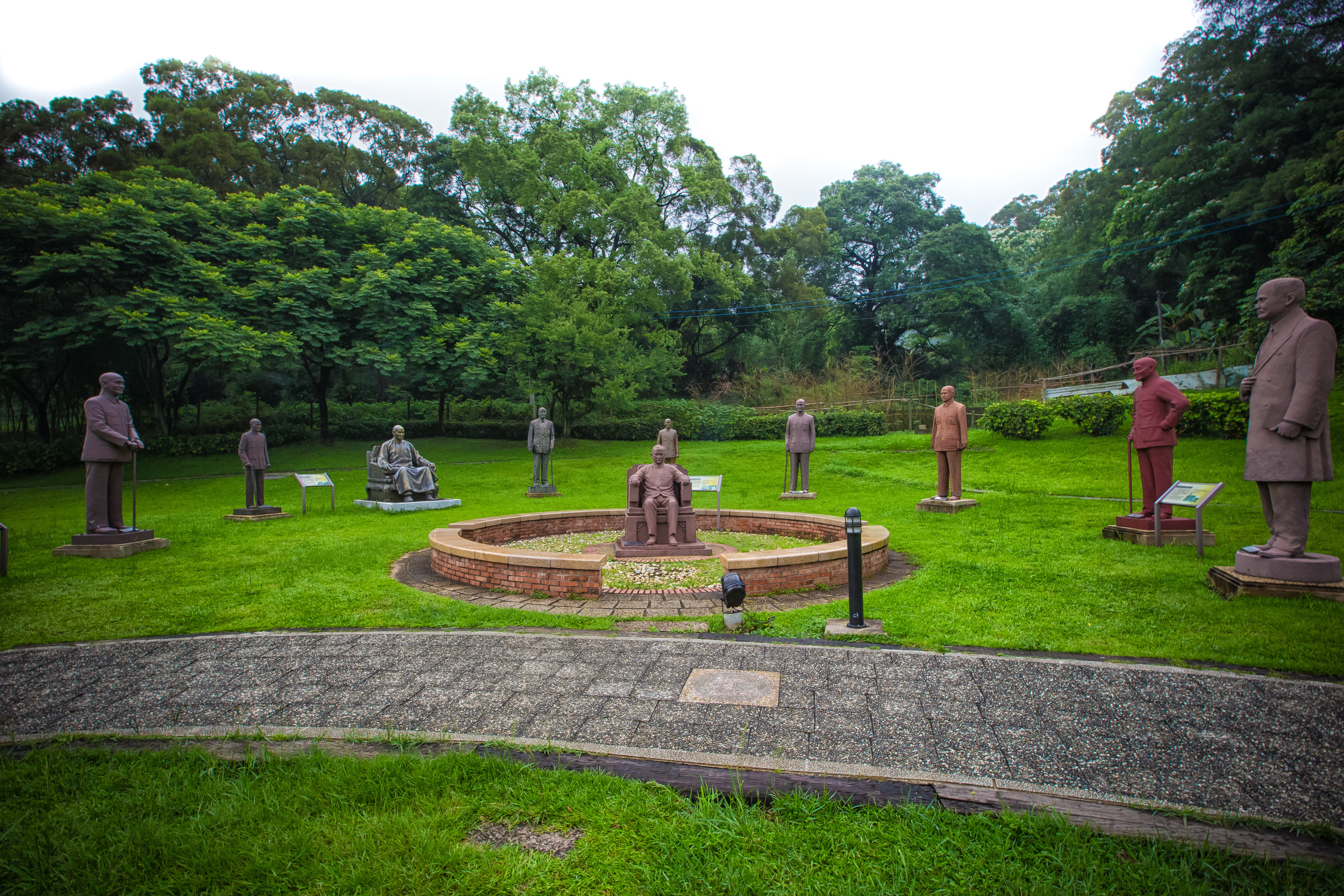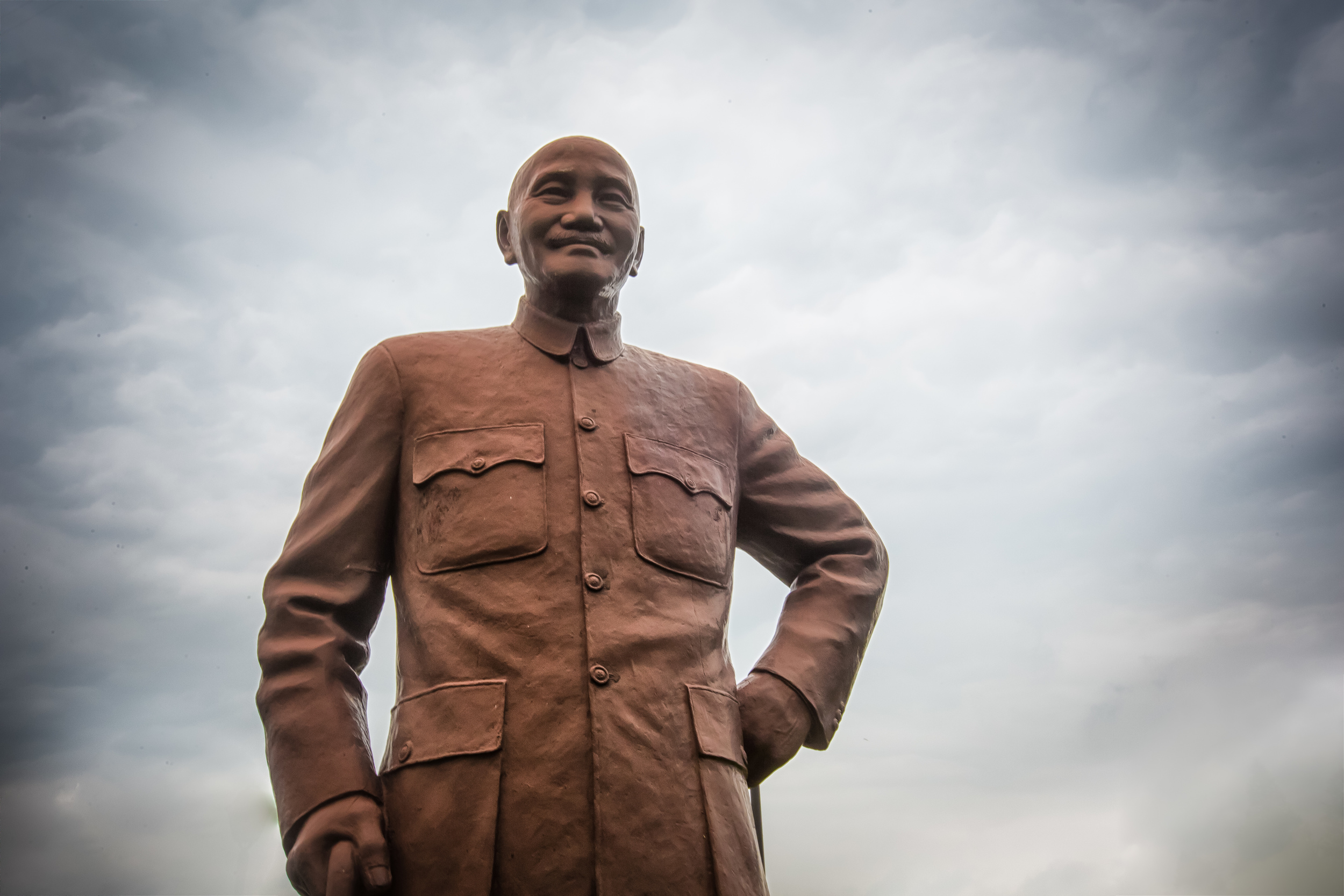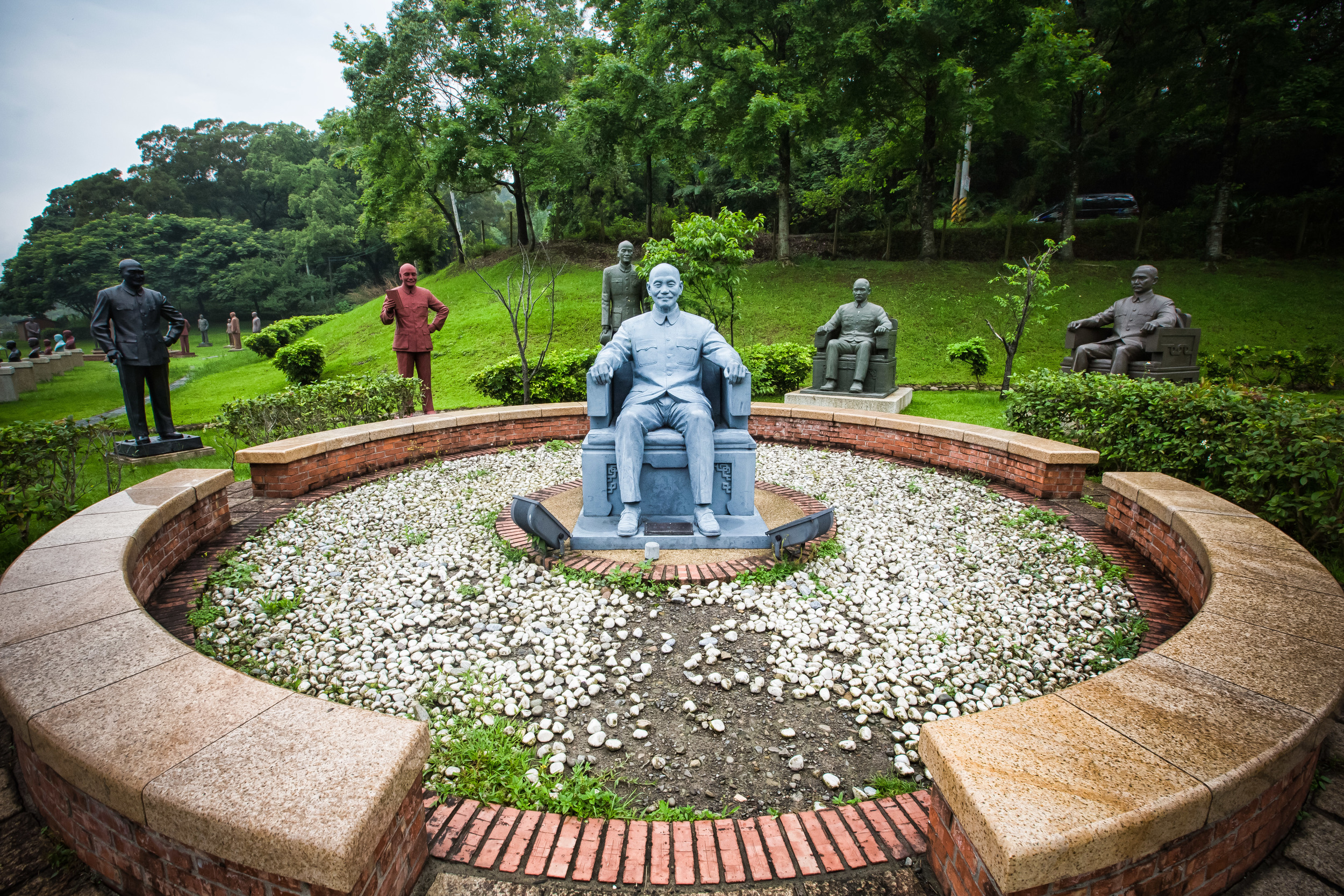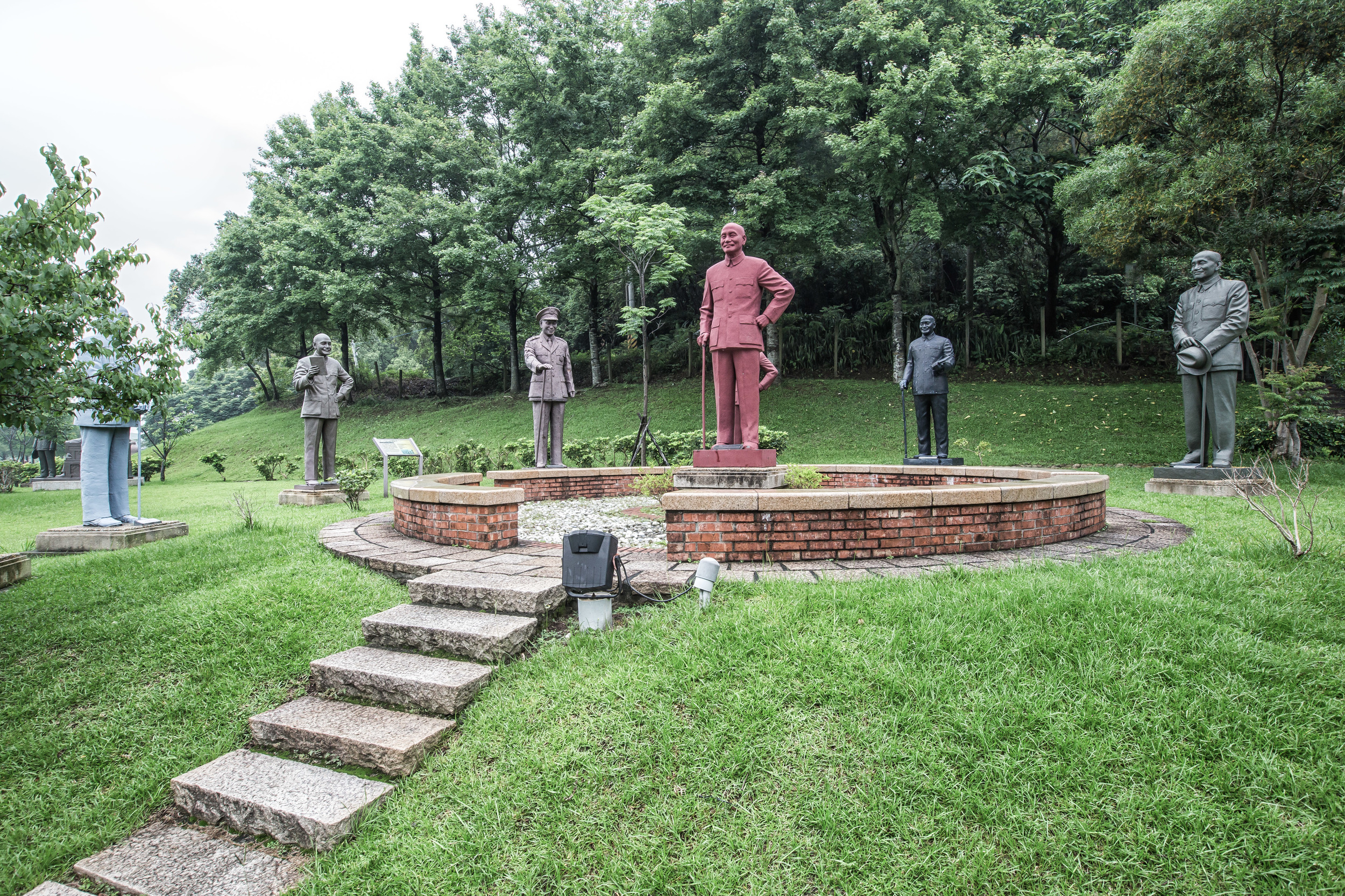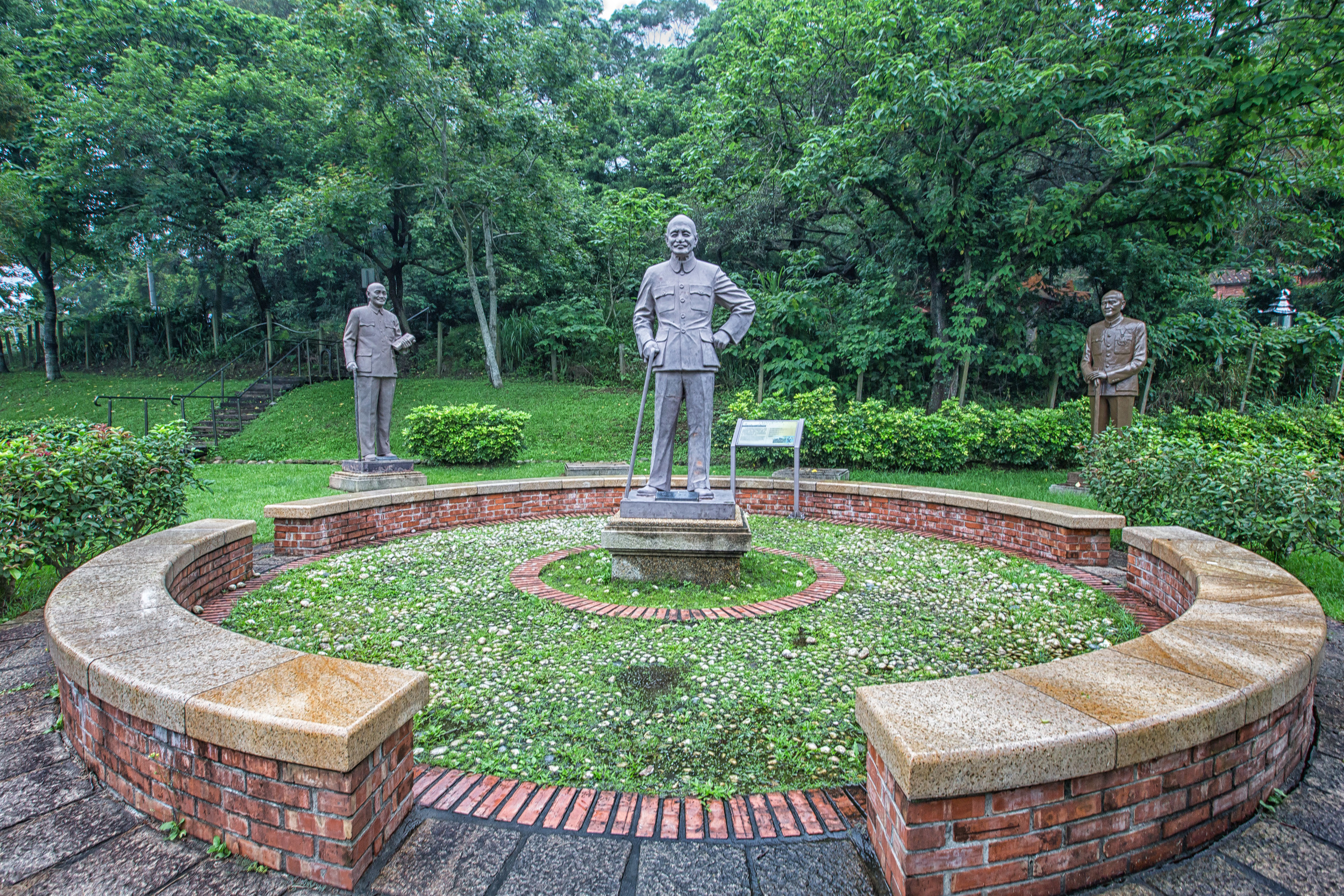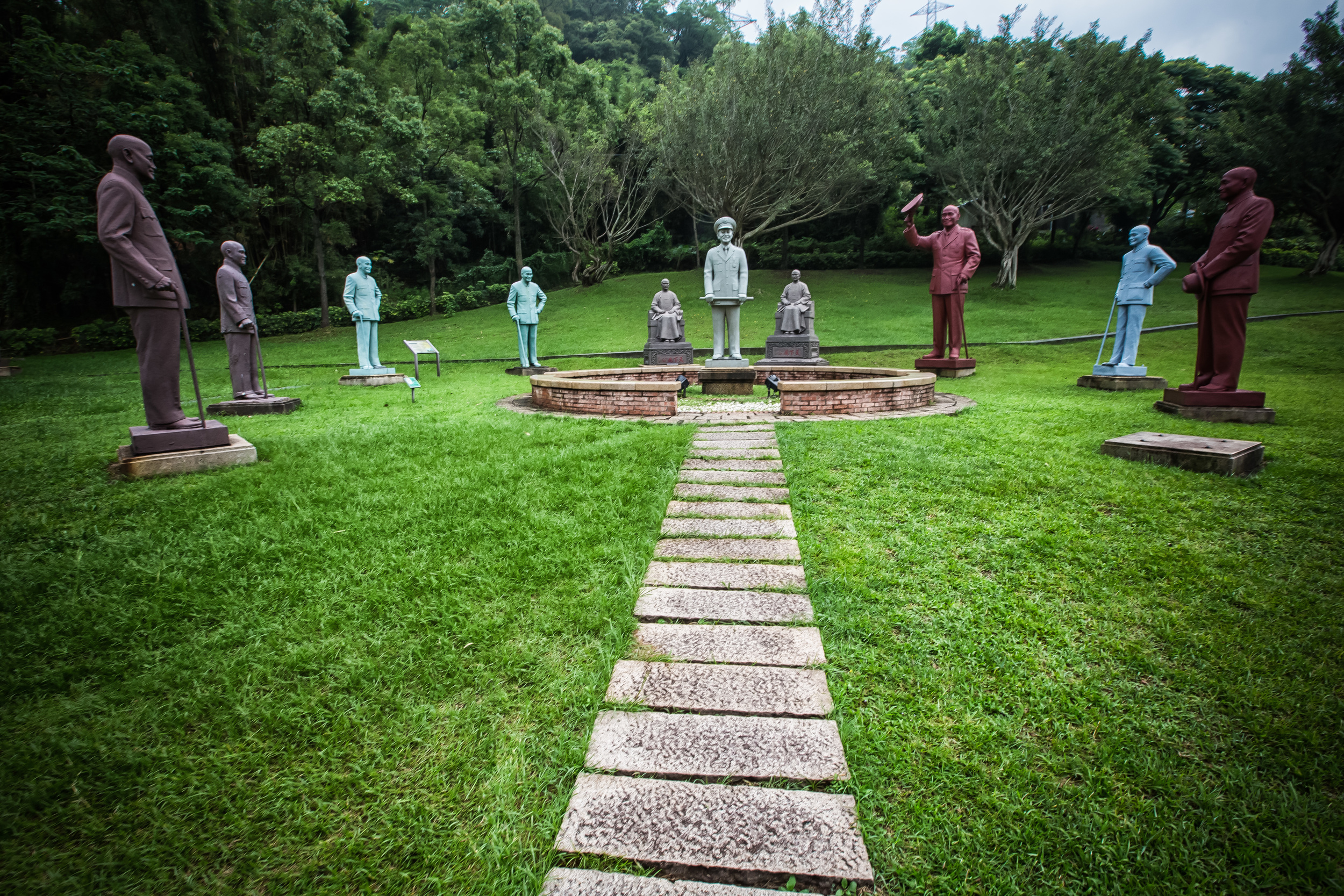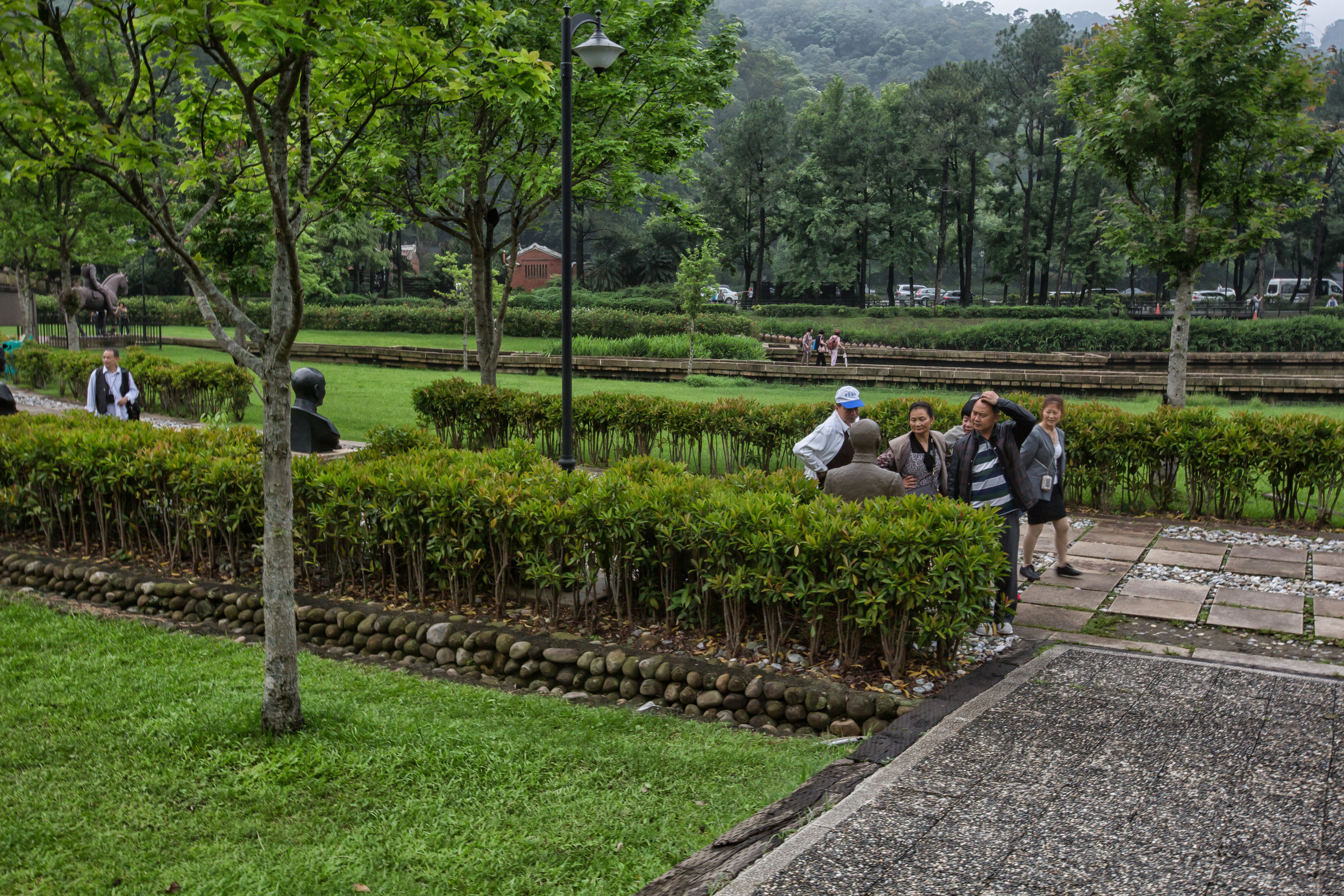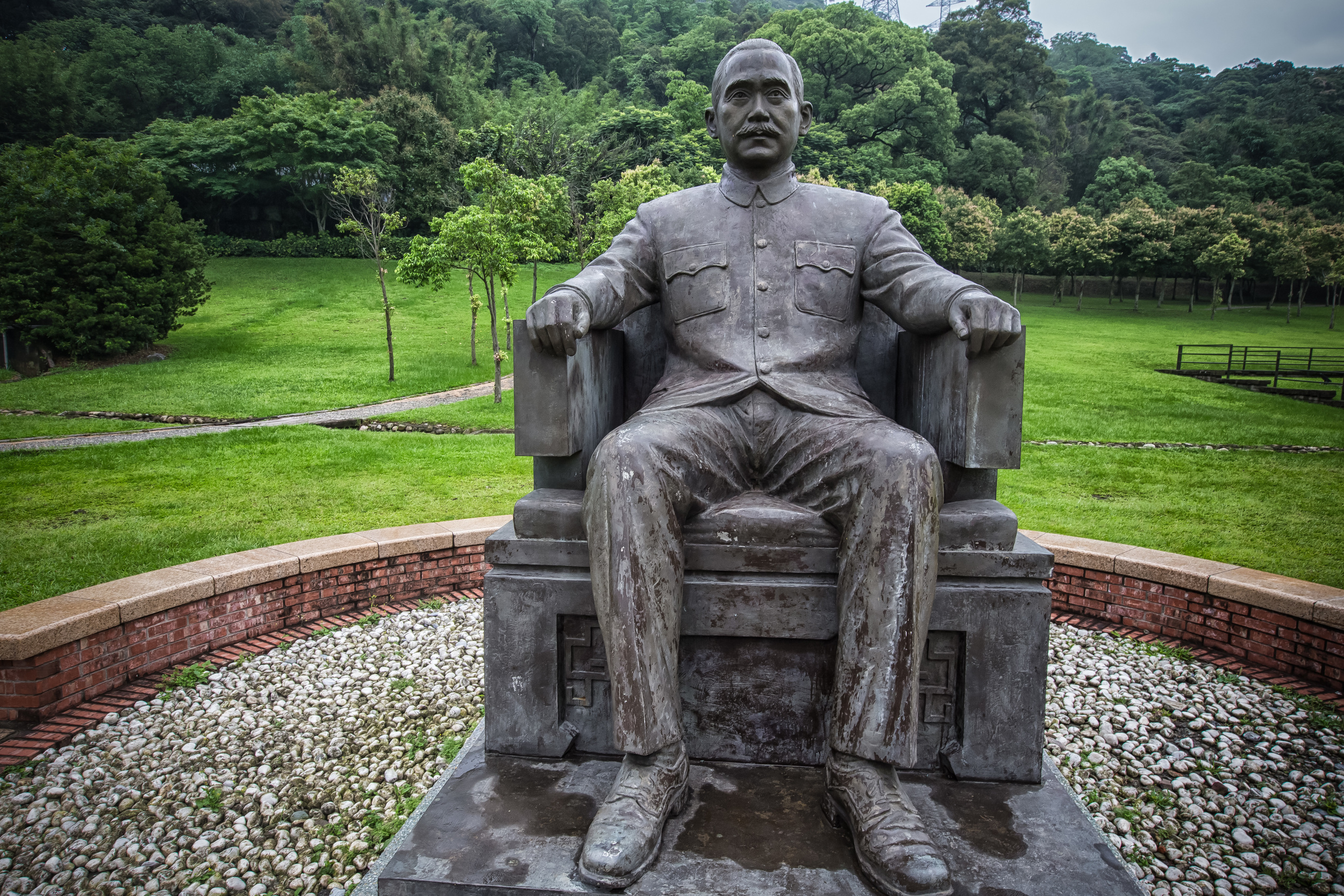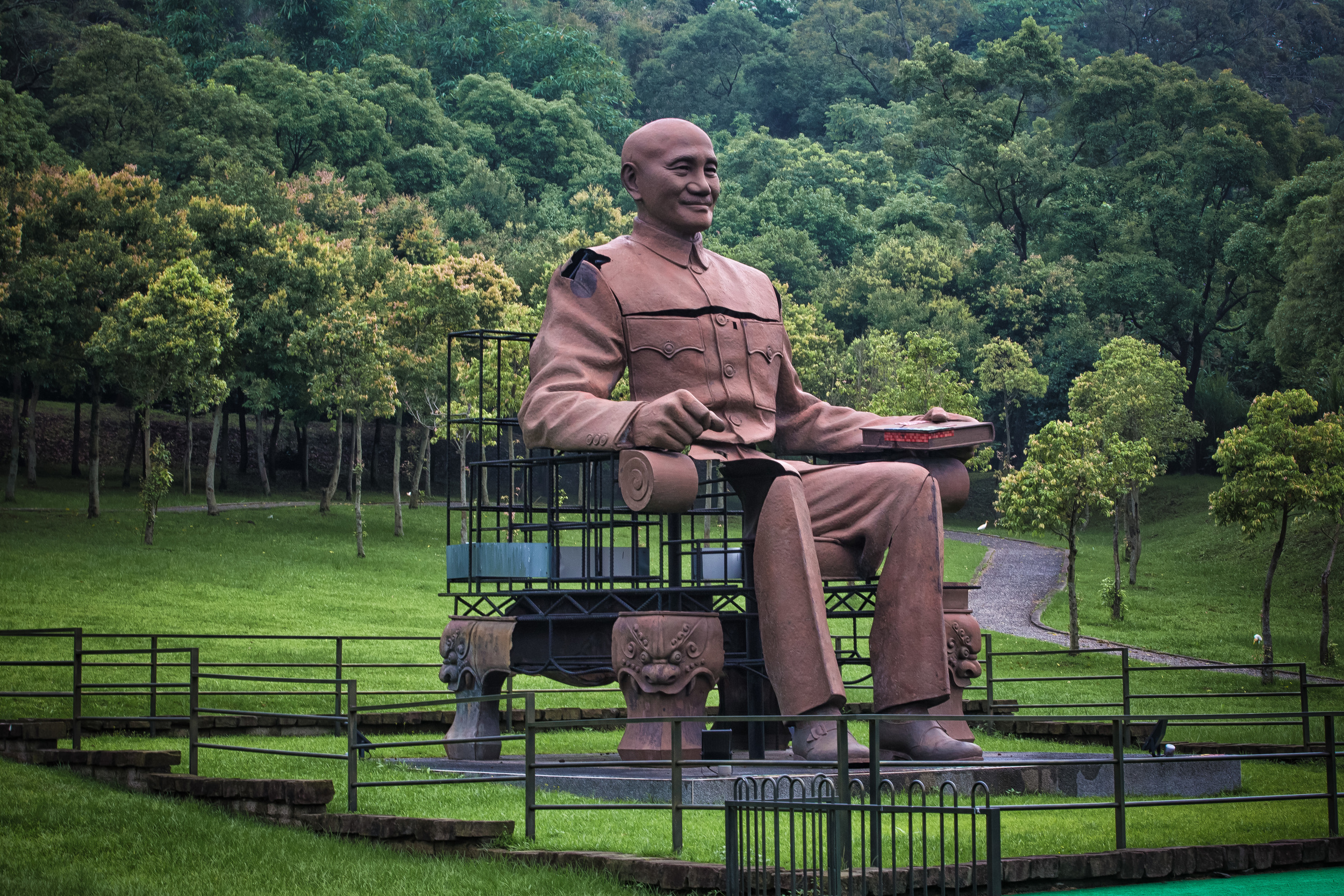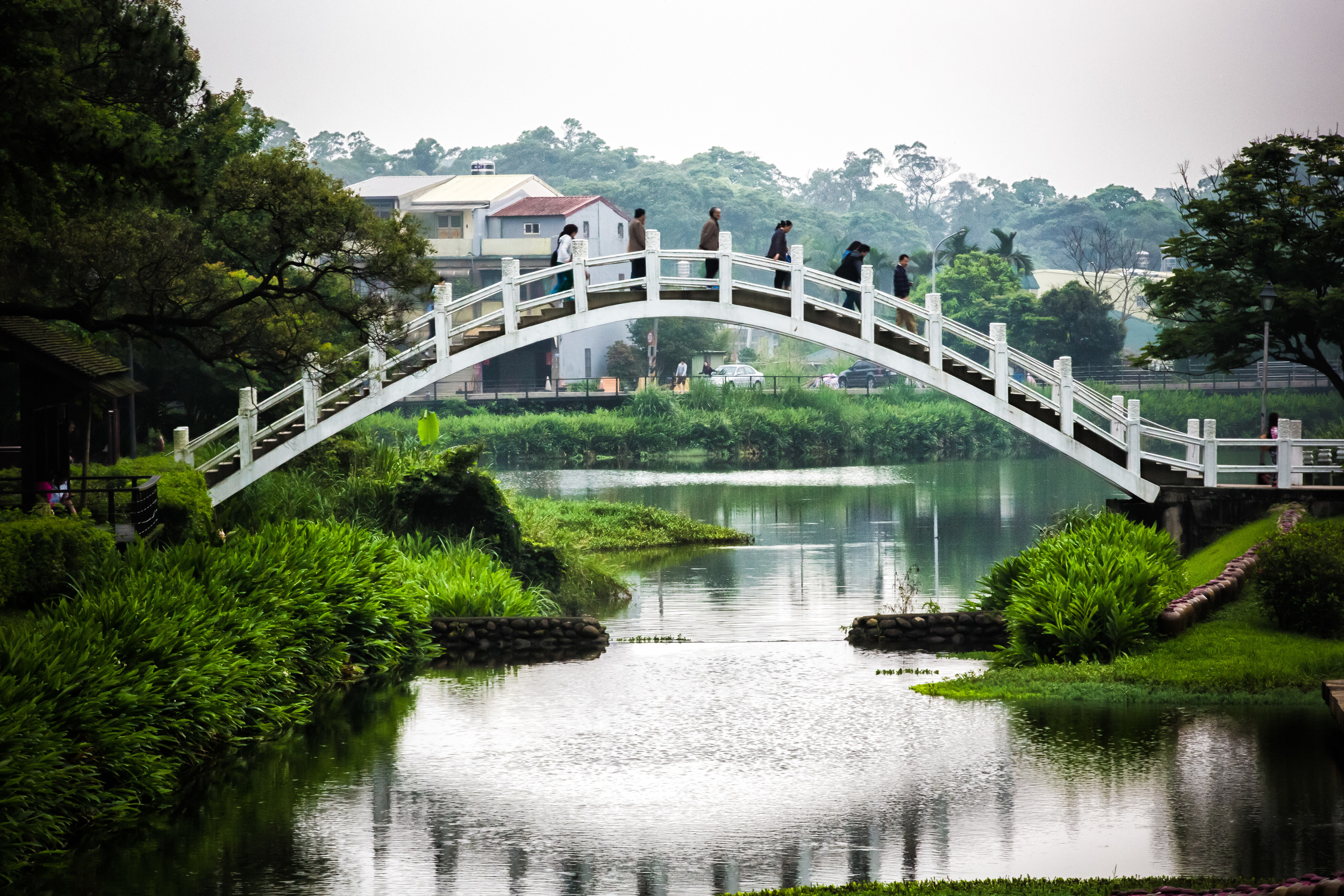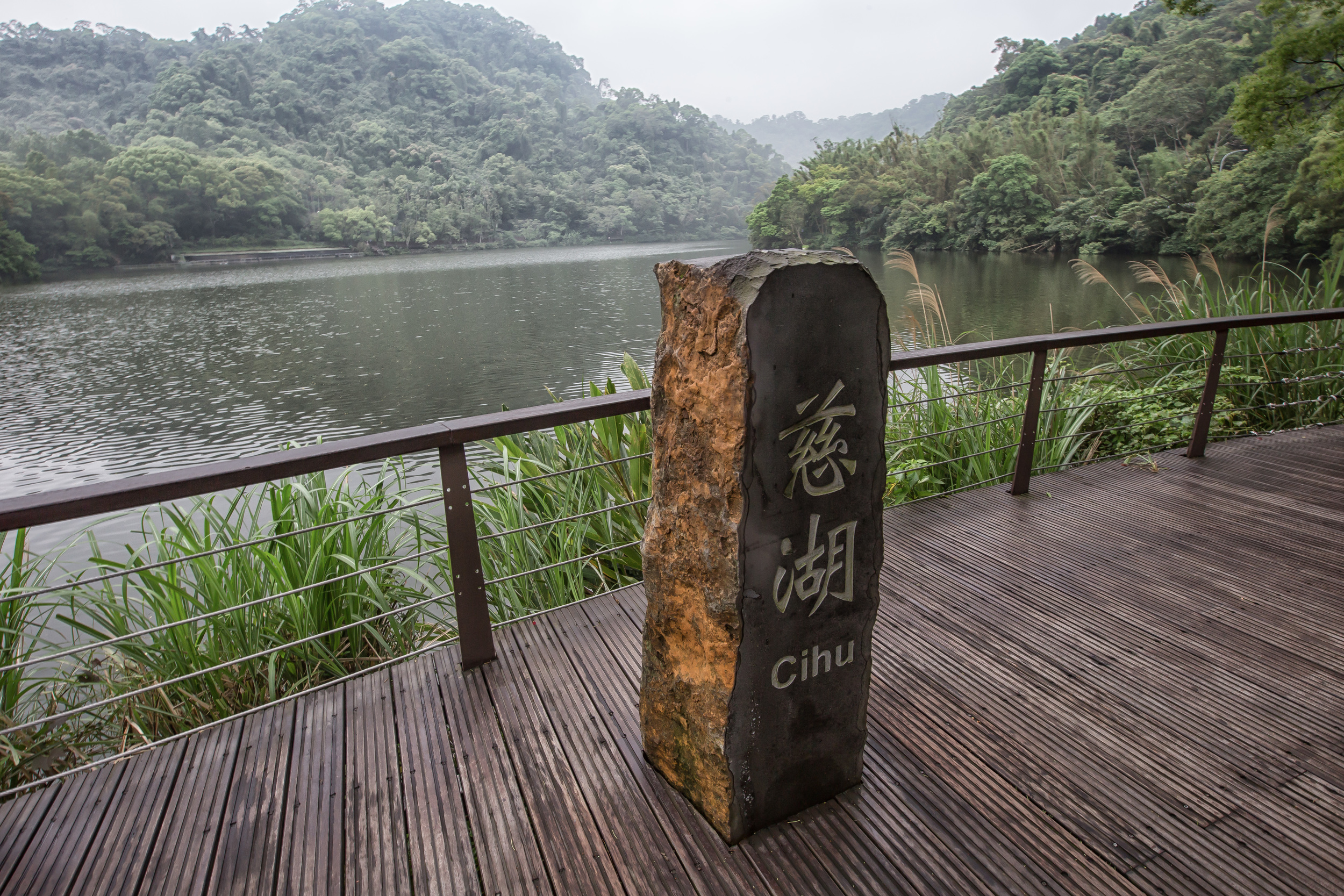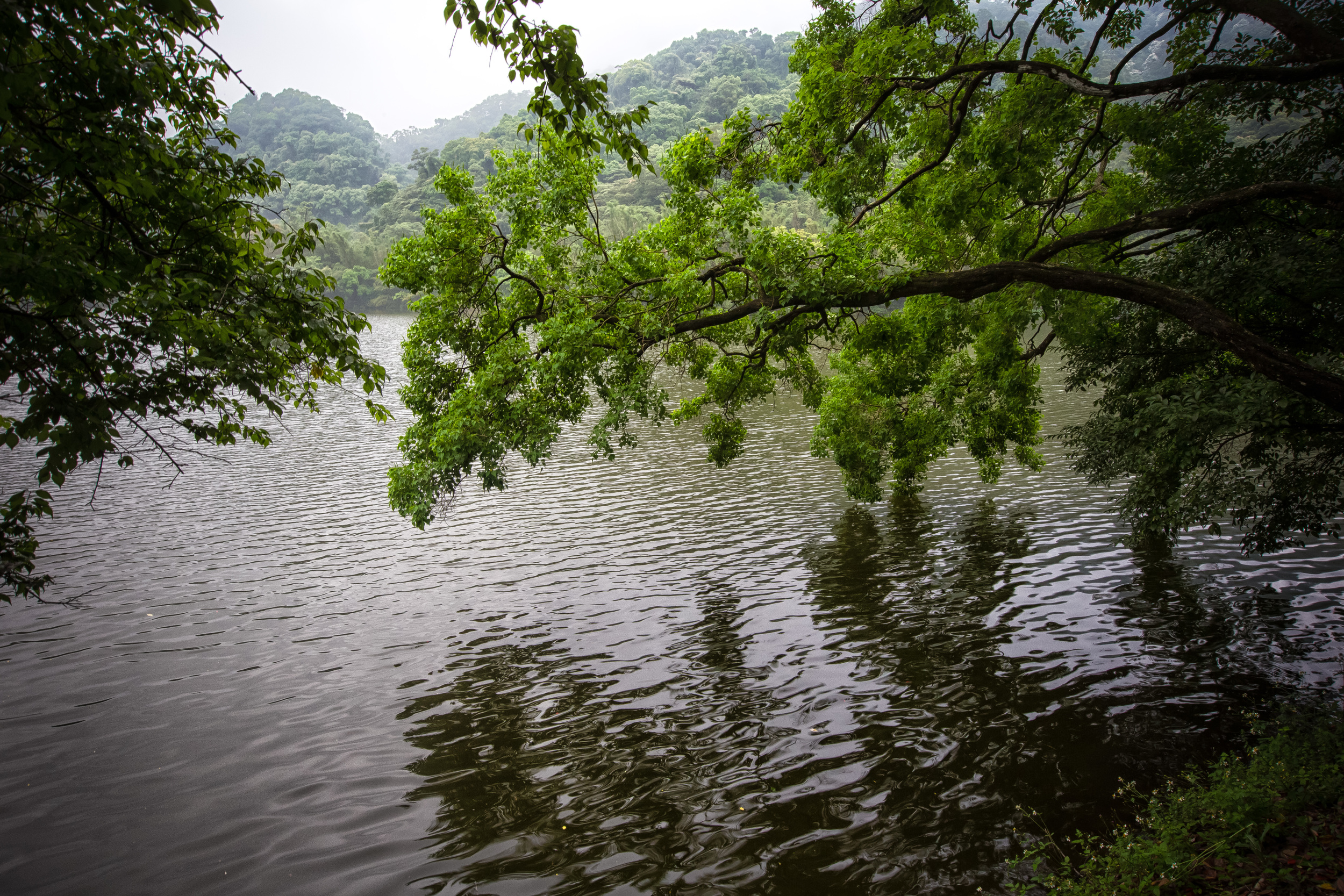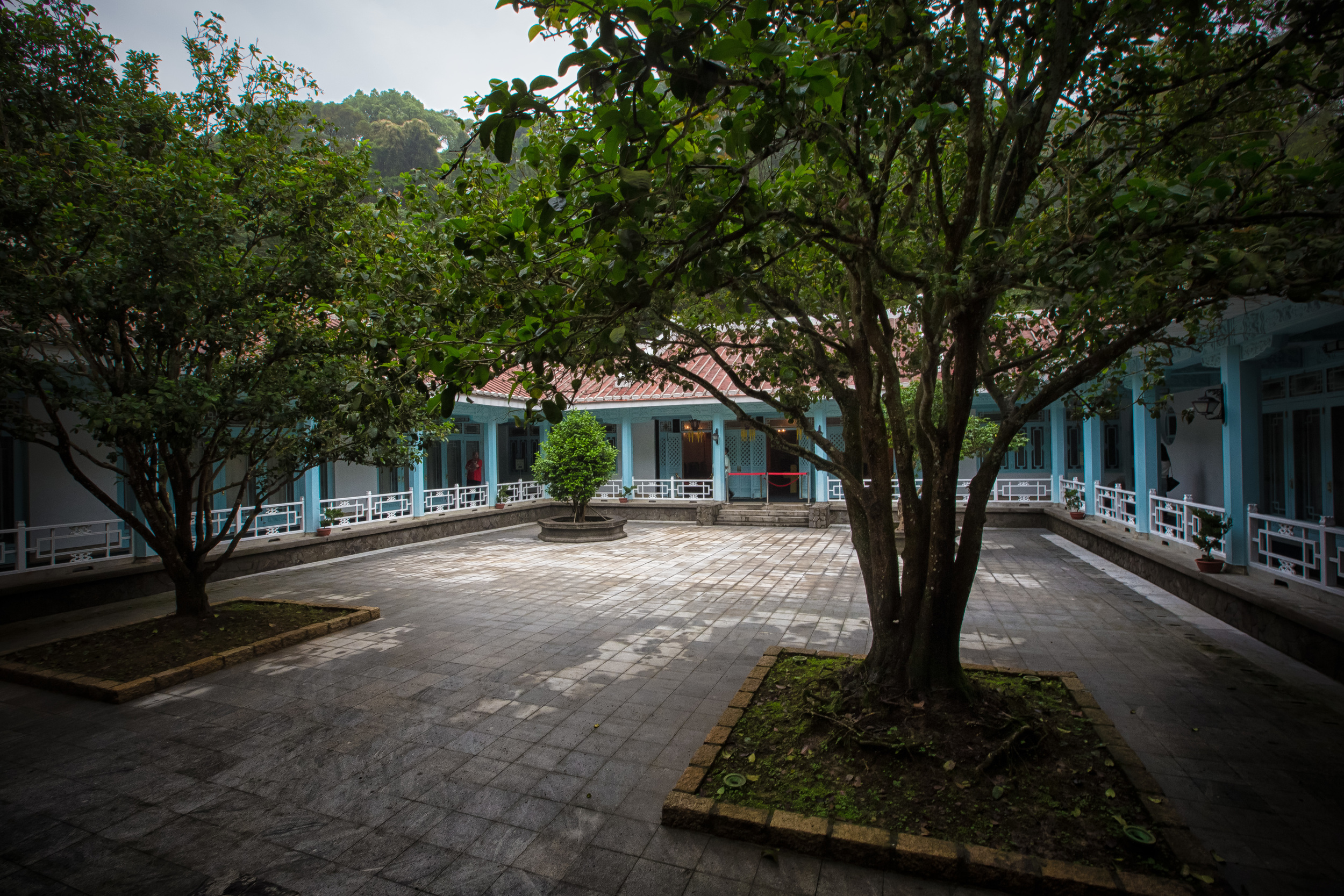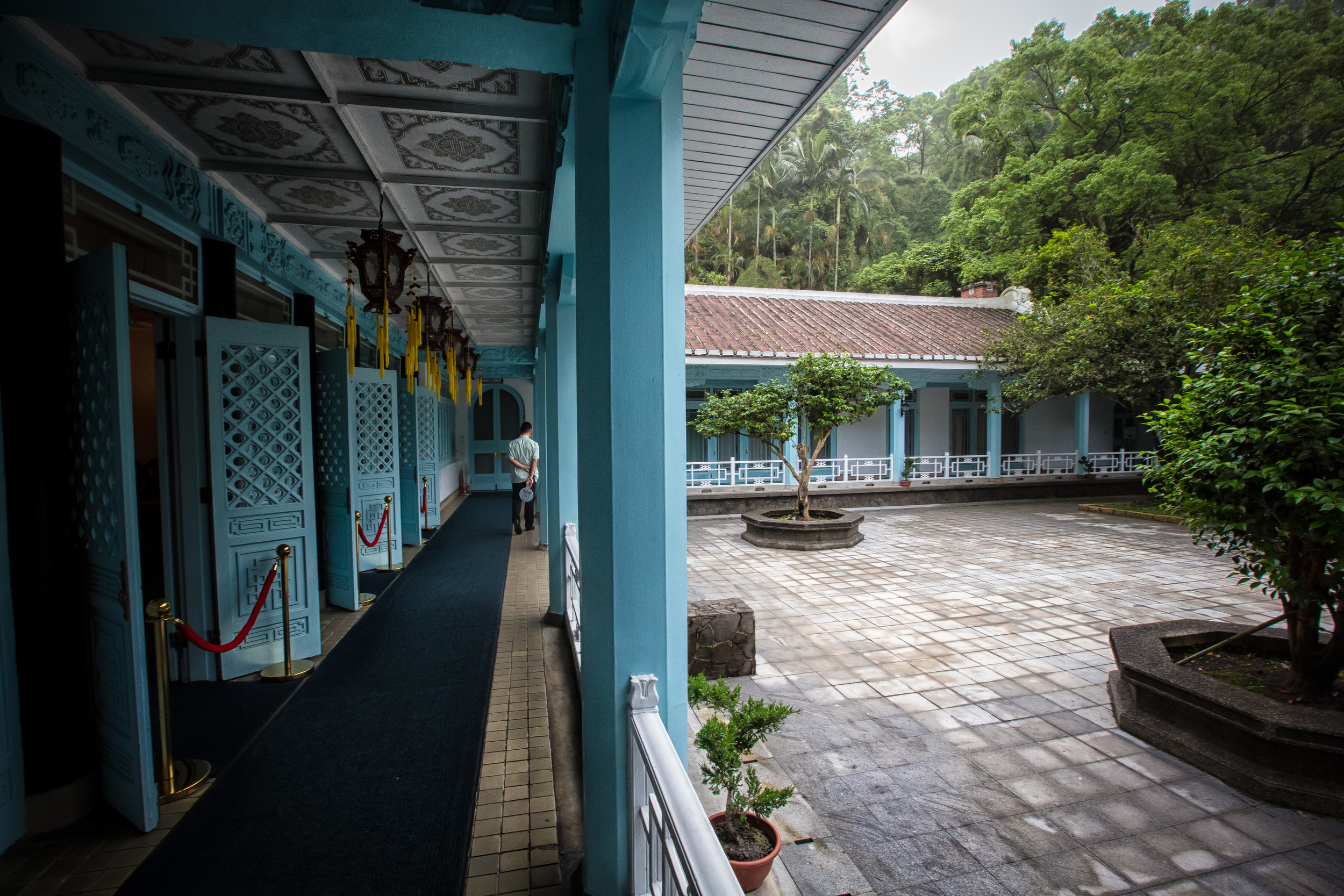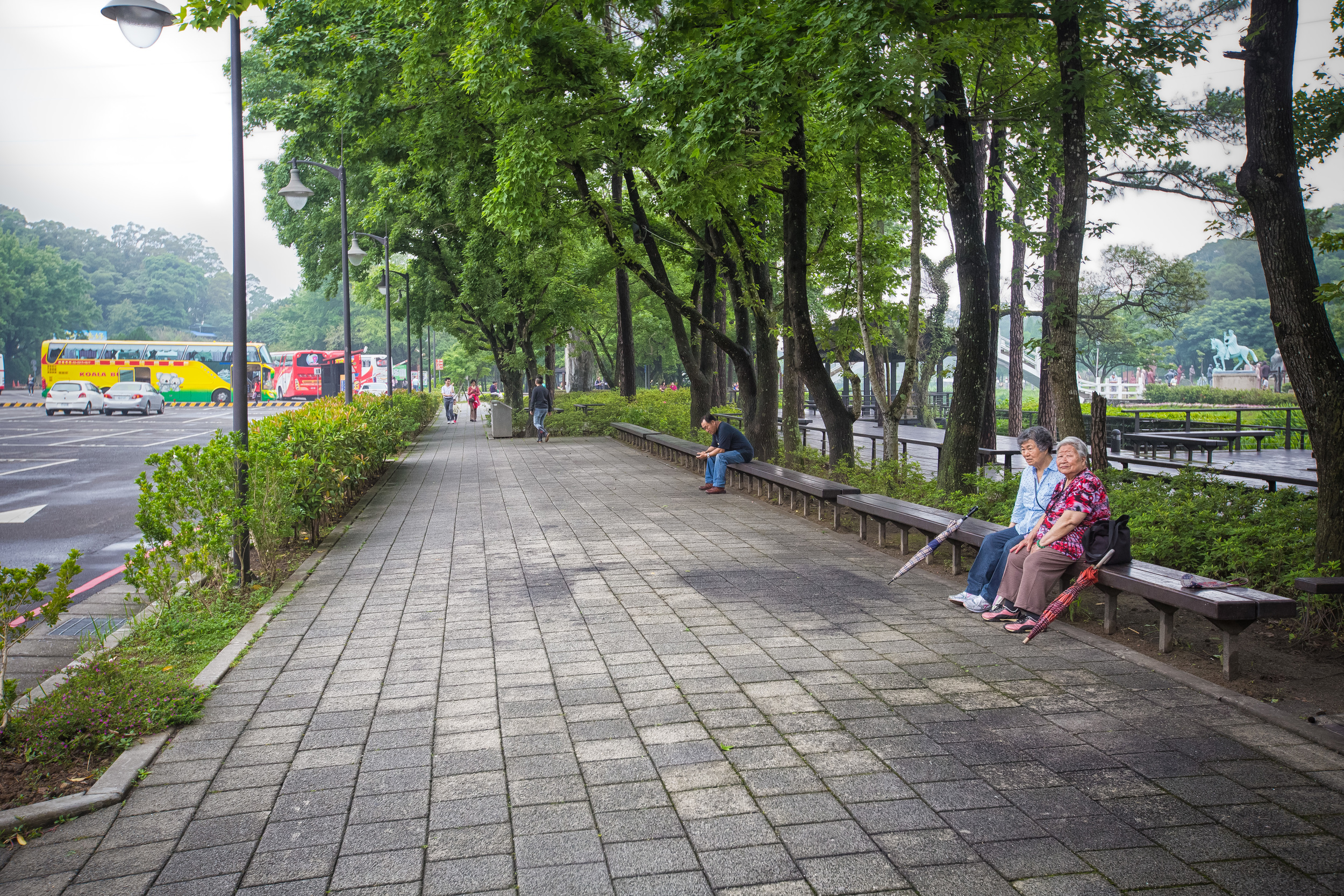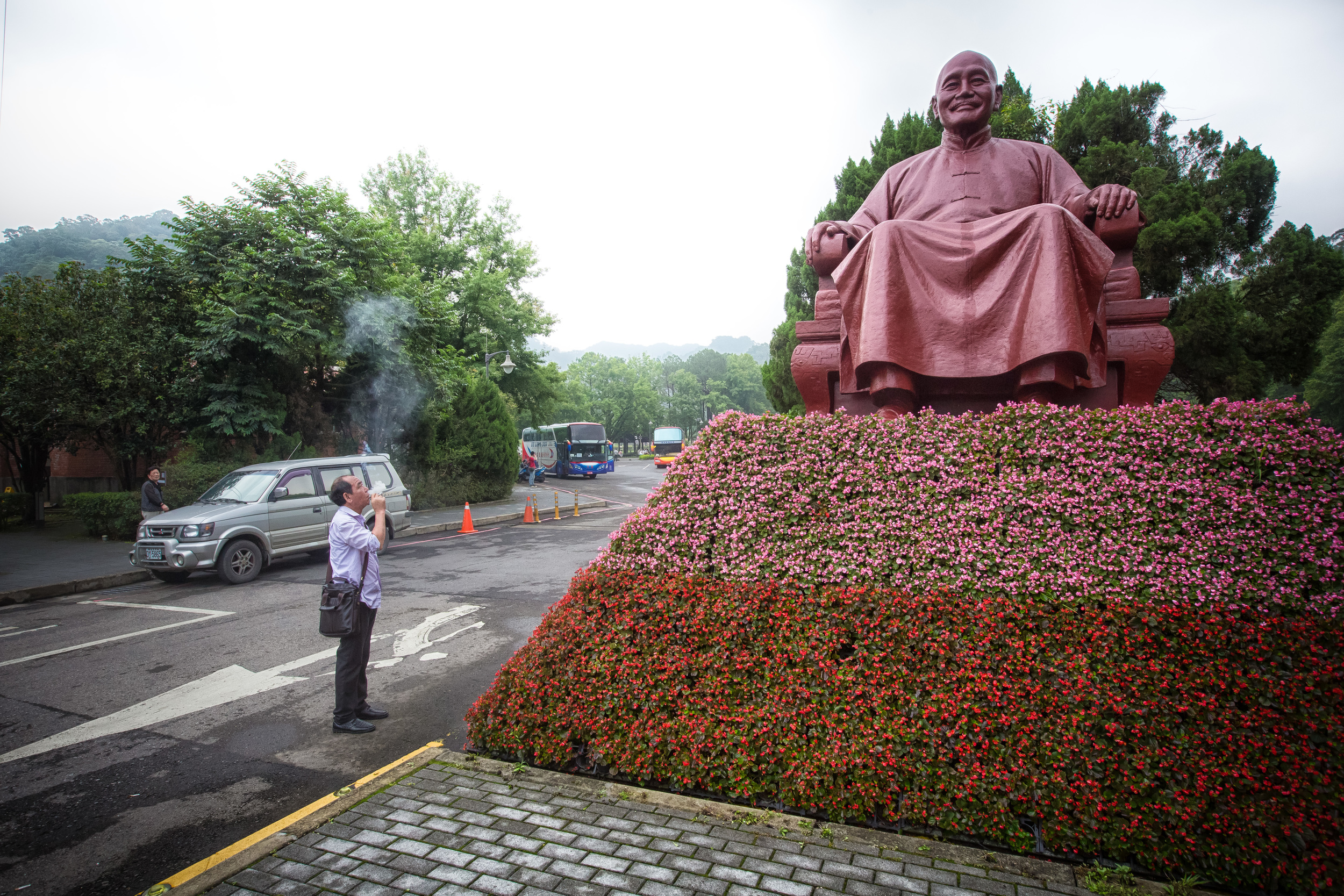The Hsing-Ren Garden Night Market (興仁花園夜市) is a newly-opened night market located in Bade City (八德) in Taoyuan County. The night market is over 6000 square meters making it possibly the largest in northern Taiwan. While shooting this night market, I have to say that it has quickly become one of my favourite night markets to visit out of all of them.
It has almost everything I could want! Not only does this night market have all the typical night market fare you would expect, but it also has vendors selling fresh oysters and fresh Thai shrimp. There's San Francisco style pizza by the slice, American grilled steaks, Hong Kong Dim Sum, Ramen, Mongolian BBQ and Taiwanese Indigenous BBQ. There are places to sit down to drink some fresh draft beer with friends and places to buy cocktails mixed with fresh juice! What else could you want in a night market? You can eat, drink, and have fun all night long.
The Hsing-Ren Night Market is a "garden" or "flower" (花園) night market which is the "new" thing here in Taiwan popularized by the Tainan Garden Night Market (台南花園夜市) and the Fu Da Garden Night Market (輔大花園夜市) in New Taipei City.
These kind of night markets are quite popular among younger crowds and a lot of the food that has swept the nation over the past few years have been products of these style night markets as they attract younger people who are more willing to try new and more exotic foods.
I will make four posts in this series with over thirty shots and I hope that you will like what I have for you!
This post is all about the female vendors at the night market!
1. Photography lessons from the Snail Lady (燒酒螺攝影課)
Customer relations are an important part of being a successful entrepreneur. Here we have a woman selling snails which were soaked in rice wine and chili - a snack that makes an excellent companion food for drinking. Instead of selling though, the boss lady is teaching a customer how to get the best shot of her snails. While it may seem otherwise, the people at the night market are always personable and friendly people so don't be intimidated by them or their snails!
2. American Style French Fries (美式脆條)
These french fries are about as "American" as poutine - But hey, maybe it's more about the serving size than the taste. A few years back a company named "Ireland's Potatoes" opened up in Taipei and it became popular to top french fries with different kinds of sauces. This young lady sells her fries with everything from 'Thousand Island' salad dressing to 'Sour Plum' powder. She's got honey mustard, sour creme and some kind of ice cream flavour. I prefer my fries with a little sea salt and vinegar, but maybe that is because I'm Canadian. No matter what flavour you try, it seems like a bowl of her french fries will be a meal, they're not that expensive and probably much better than what you'd get at McDonalds.
3. Stuffed Chicken (雞翅包飯)
Another new entry in the chicken market is stuffed chicken and this shop sells a few varieties of the stuffed bird! The first kind is a chicken wing stretched out and stuffed with rice. The other uses chicken skin as a wrapping and has diced chicken and rice inside which is then wrapped up, deep fried and finished over a grill.
I find both of these quite scary due to the fact that I'm sure they'd be delicious and because I'm sure they'd eventually give me a heart attack.
I haven't tried either yet and I probably won't as I try to stay away from oily foods as much as I can. Since these things have come out though, people have been lining up at night markets around the country to try them. If you've tried them, let me know how you feel about them in the comments section below!
4. German Pork Knuckle (德國豬腳)
One thing I noticed while browsing Hsing-Ren night market was the amount of voluptuous young ladies manning the stalls. This is a clever way of doing business as that kind of thing attracts quite a bit of business in Taiwan!
This vendor is selling German-style pork knuckle which I like, but find a bit overrated when compared to its Taiwanese counterpart. The knuckles are about 8 dollars each, or three dollars for a sample.
It isn't really common to find food that is this expensive in night markets around the country, but Hsing-Ren isn't your typical night market.
As for the young girl manning the stall, she seemed to attract quite a lot of attention from young boys who seemed suddenly very interested in Bavarian cuisine.
5. Salty braised Chicken (鹽水雞)
The name of this stall (胡老二) is somewhat of an interesting double-entendre. The first meaning is that the Hu (胡) family is running the business and it is run by the second oldest child in the family (老二.)
The second meaning however is the more interesting one in that the word 「老二」also refers to a certain male body part. The picture of the chicken beside it makes it a little more dubious.
Whatever meaning you get from this interesting stall isn't really as important as their salty chicken which is really tasty. I described salty chicken in a previous post, but to quickly describe it, the chicken is braised in salt water and then when you buy it they will dice it up for you and add some sauce to it. Salty chicken can be expensive, but if you like salty food like I do, you'll enjoy it!
6. Vegetarian Snacks (全素料理)
When you're a vegan or even a vegetarian your options at the night market can be slim. Luckily his lady is there with some tasty fried veggie foods to make everyone happy. She has french fries, sweet potato balls and various kinds of fried mushrooms.
The sweet potato balls (地瓜球) are quite delicious and I'm a big fan of fried mushrooms, so even though I'm not a vegetarian these days - I still will stop and partake of some of this deliciousness.
It would be nicer for vegetarians I'm sure though to have some non-deep fried options at the night market. So my foreign friends however, if you are a vegetarian and you're looking for something to eat, make sure to look for the word 「素」or an inverted swastica 「卍」which indicates a restaurant that is suitable for Buddhists.
7. Stinky Tofu (碳烤臭豆腐)
In my previous post I had a shot of the same stall with this woman's son hard at work. This time I won't talk about the stinky tofu, but the sign in front. When you go to night markets and see signs in front of stalls that say things like "TVBS" they are referring to the fact that they were featured on a news-travel-food show on one of Taiwan's television networks.
It is always an honour for these vendors when television hosts come and introduce their food and it is even better for their business as they will have lines of people the next night waiting for a sample! Seeing these signs in front of the stall however doesn't always necessarily mean that the food is great - its up to you to make that decision!
8. Ramen Bar (日式麵攤)
Another way you can tell that Hsing-Ren is a "different" kind of night market is because it has three Ramen bars inside. I'm not going to say that there aren't any other night markets in Taiwan that have a ramen bar, but they're extremely rare - especially to have them mingling together with the other vendors.
This vendor sells six different types of Japanese Ramen and you can sit down at the stall and eat them while the boss is busy at work. The price of the ramen is really great as you can get a Tonkatsu (Tempura pork chop) ramen for 150NT and a Char Siu (叉燒) Ramen for 120NT. All of these would likely be double the price at a restaurant elsewhere - I'm a big fan of ramen, but I don't really like to eat it when its too hot outside, so I haven't tried this one yet!










